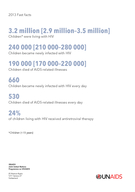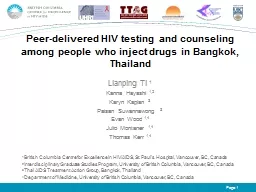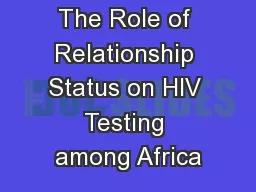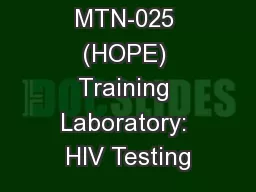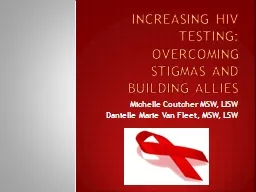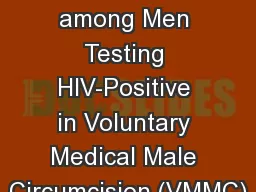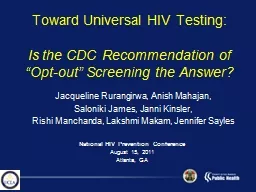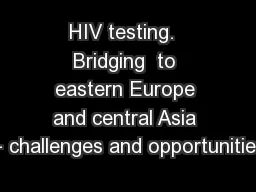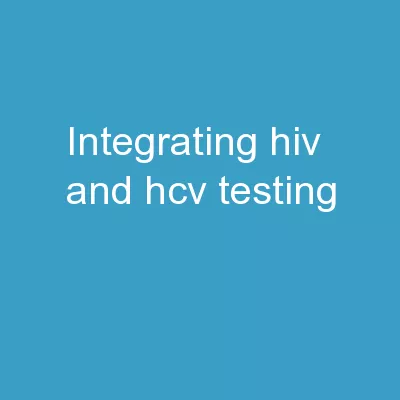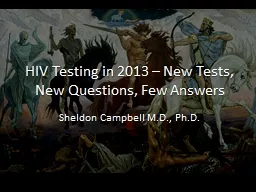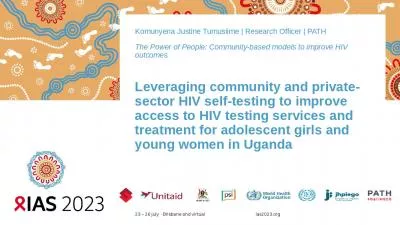PPT-Maximizing Targeted Testing to Improve HIV Yield Among
Author : briana-ranney | Published Date : 2019-12-01
Maximizing Targeted Testing to Improve HIV Yield Among Children and Adolescents in Rwenzori Region Uganda Authors Harriet Bitimwine 1 Fiona Musiime 1 Ajuna Patrick
Presentation Embed Code
Download Presentation
Download Presentation The PPT/PDF document "Maximizing Targeted Testing to Improve H..." is the property of its rightful owner. Permission is granted to download and print the materials on this website for personal, non-commercial use only, and to display it on your personal computer provided you do not modify the materials and that you retain all copyright notices contained in the materials. By downloading content from our website, you accept the terms of this agreement.
Maximizing Targeted Testing to Improve HIV Yield Among: Transcript
Download Rules Of Document
"Maximizing Targeted Testing to Improve HIV Yield Among"The content belongs to its owner. You may download and print it for personal use, without modification, and keep all copyright notices. By downloading, you agree to these terms.
Related Documents


